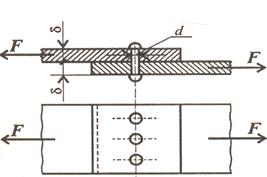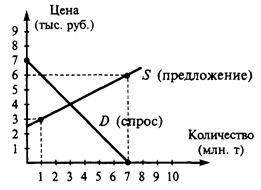Mass Production
For all that, Britain emerged from the Second World War as the second biggest car producer and the biggest exporter in the world. Let’s see how management squandered that position. What were the scale economies embraced by the US mass producers and balked at by the smaller UK companies? By the 1970s it is reckoned that engine blocks could be produced efficiently only at levels of a million a year. The pressing out of body panels required huge capital investment and two million a year needed to be made to be producing at least cost. By 1970 the minimum efficient size of a car plant was reckoned to be two million vehicles. The combined UK producers, by now called British Leyland, were producing 200,000 – 250,000 cars a year. The economics of mass production meant that producing below capacity produced massive cost penalties in terms of expensive plant lying around unused. By 1969 Ford had invested three times as much fixed capital behind the elbow of each of their car workers as British Leyland. Not surprisingly productivity in Ford was three times the BL level. It wasn’t just the Americans. In 1965 the ‘average’ German car worker made 6.4 cars a year compared with 5.8 in Britain. In 1970 he made 7.5 and in 1976 he made 7.9. British car-making productivity actually fell over that period. Sup-optimal levels of production increased costs – which hurt sales – which produced below capacity output in the factory – which hurt sales some more. And all the while the boss class made merry. British Leyland (now MG Rover) made £75 million between 1968 and 1975. £70 million was syphoned straight out by the shareholders. The bosses’ hands in the till is as British as roast beef and Yorkshire pudding The decline of UK car manufacturing became evident after 1960. Critics blame the panic amalgamations in the 1960s for the decline. Actually they were a response to a rot that had already set in. Austin, Morris and all the UK producers collapsed together into a heap called, for a time, the British Motor Corporation. The 1964-70 Labour government encouraged amalgamation to produce a ‘national champion’ big enough to take on the global competition. It was already too late. The 1968 merger left 48 factories scattered over the country. No real move to mass production was initiated. Rationalisation only reduced the number of engines from nine to three. Even marketing remained divided with separate ‘Austin’ and ‘Morris’ dealers selling an identical Mini, apart from the badge. In 1975 British Leyland collapsed and was promptly bailed out by the Labour government. So what’s Blair’s problem? Leyland was privatised by Thatcher in 1988. They managed to get rid of it to British Aerospace by writing off £150 million. In the 1980s BL, now called MG Rover, began to build links with Honda. It is a measure of decline that the British motor industry was now dependent for new models and cutting edge technology on Japanese industry, which had been a smoking ruin in 1945. In the 1960s Lord Stokes of British Leyland, stated, ‘We don’t make motor cars, we make money.’ The firm he headed now makes neither. I. Find in the text the English equivalents to the following Russian word combinations: − контракты на вооружение − вытеснять инновации − сделать свои автомобили доступными (по средствам) населению − производить собственными силами − требовать больших капиталовложений − несмотря на все это − отказываться от чего-либо − недостаточный уровень производительности − тратить на другие нужды − фабрики, разбросанные по всей стране − поспешное слияние − кроме самой марки − спасать, выручать из беды II. Translate the sentences into Russian: 1. In any case they lacked the vision of the likes of Henry Ford (a thoroughly nasty piece of work) who foresaw homes with a car on every drive, and laid plans for mass production accordingly. 2. Their preference for dividends over investment promoted a short term outlook within the firm. 3. The economics of mass production meant that producing below capacity produced massive cost penalties in terms of expensive plant lying around unused. 4. By 1969 Ford had invested three times as much fixed capital behind the elbow of each of their car workers as British Leyland. 5. The bosses’ hands in the till is as British as roast beef and Yorkshire pudding. 6. It is a measure of decline that the British motor industry was now dependent for new models and cutting edge technology on Japanese industry, which had been a smoking ruin in 1945. III. Can you say that this text presents a particular viewpoint on the development of car industry in Britain? Or is it simply an objective statement of fact? Make conclusions about the country the author of the article belongs to. Find sentences in the text to support your opinion.
Part 5 The Wright Brothers: Putting America on Wings
|




